
How far should an AC unit be from a house?
TLDR: Proper AC unit placement is vital for energy efficiency, cost savings, and safety. Ensure the unit is at an optimal distance from walls, windows, and direct sunlight to reduce energy consumption. Minimize fire and electrical hazards by keeping it away from combustible materials and maintaining proper wiring. Maintain airflow and accessibility to prevent reduced performance and damage. Proper placement enhances comfort, efficiency, and savings in your home.
Proper AC unit placement is not only an important factor in saving energy and lowering utility costs, but it is also essential for safety purposes. Whether you are looking for the optimal distance from a wall, wiring tips to avoid fire and electrical hazards, or optimizing the AC unit performance with proper airflow and accessibility, this article will provide the answers.
The Importance of Proper AC Unit Placement
Having a properly placed air conditioning unit is an essential part of any building’s environment; it helps to keep the indoor air quality and temperature stable, and can even reduce the energy and costs associated with maintaining a comfortable climate. Proper AC unit placement is key to overall comfort, efficiency, and cost savings.
Most air conditioning units are housed in a separate unit outside the building; this makes it particularly important to make sure it is placed in a location that provides optimal cooling and efficiency. To that end, the unit should always be placed in a spot where it will not be obstructed by trees, plants, or other objects that may block airflow. Additionally, it should be away from direct sunlight and not in a direct draft where the air current may blow away the cold air before it has a chance to cool the indoors. Placing the unit where it has adequate airflow allows it to operate efficiently and prevent it from overworking and using more energy than necessary.
Different types of AC units also each have their own additional considerations regarding placement. For example, a window unit should be placed in an area with proper ventilation, away from furniture, curtains, and blinds which could block the flow of air. Similarly, a split system AC should be placed away from walls, furniture, and other objects which might get in the way of the area where the unit transfers heat from the indoors to the outdoors.
Overall, proper AC placement is an essential part of creating a comfortable indoor climate. With the right placement for the type of unit being used, you can ensure optimal efficiency, cost savings, and comfort for everyone in the building.
Energy Efficiency and Cost Savings: Finding the Optimal Distance
The Impact of AC Unit Placement on Energy Efficiency
Proper AC unit placement can significantly impact the energy efficiency of your cooling system. An AC unit that is strategically positioned can reduce energy consumption and ultimately save you money on your energy bills. Here’s how:
- Shading and Sunlight Exposure: Placing your AC unit in direct sunlight can cause it to work harder to cool your space. This results in increased energy consumption and higher cooling costs. On the other hand, positioning the unit in a shaded area or providing external shading can reduce its workload and save energy.
- Airflow and Obstructions: Adequate airflow around the AC unit is essential for efficient operation. Ensure there are no obstructions like tall plants, fences, or structures blocking the airflow. Proper clearance allows the unit to expel hot air more effectively and operate efficiently.
- Distance from Windows and Doors: The proximity of your AC unit to windows and doors can impact its efficiency. Installing the unit too close to these openings may result in cool air escaping and warm air infiltrating your space. Finding the right distance can help maintain a consistent indoor temperature and reduce the workload on your AC system.
How to Determine the Optimal Distance
To find the optimal distance for your AC unit placement, consider the following steps:
- Consult the Manufacturer’s Recommendations: Start by reviewing the manufacturer’s guidelines and recommendations for your specific AC unit model. They often provide information on clearance requirements and ideal placement conditions.
- Evaluate Your Property: Assess your property to identify shaded areas and potential obstructions. Aim to place the AC unit in a location where it will receive minimal direct sunlight and have ample space for airflow.
- Seek Professional Advice: If you’re unsure about the best placement for your AC unit, consider consulting a professional HVAC technician. They can assess your property, taking into account factors like local climate conditions, and provide expert guidance on optimal placement.
- Consider Aesthetic and Safety Concerns: While energy efficiency is important, don’t neglect aesthetic and safety considerations. Ensure the AC unit placement adheres to local building codes and regulations to maintain safety standard
Safety First: Minimizing Fire and Electrical Hazards in your Home’s AC Unit Placement
When selecting a place to install an air conditioning unit in a home, safety must be a priority. Proper placement will ensure the unit is not a fire or electrical hazard in the home. To minimize fire and electrical hazards, place the air conditioning unit away from any combustible material such as furniture, fabric, paper, or wood, and avoid positioning it too close to windows and/or doors. It is also important that you maintain at least two to three feet of space between the side of the unit and any combustible materials or walls in order for proper air flow. Additionally, do not install the unit on top of shelves, counters or furniture, as this could lead to a fire hazard.
In terms of electrical hazards, ensure that all electrical components, outlets, and wiring are up to date and functioning correctly. If the wiring will not be able to handle the voltage used, opt for a unit with a lower power consumption. The outdoor portion of the air conditioner should also be installed away from any sources of water to prevent any electrical issues stemming from potential moisture damage. Finally, in order to reduce the chance of injury, make sure the unit is firmly secured to the wall and is able to support the weight of the unit. Taking these precautions will ensure that your air conditioner is installed safely and correctly and will minimize fire and electrical hazards in your home.
Maintaining AC Unit Performance: Airflow and Accessibility
Maintaining the performance of an air conditioning (AC) unit relies heavily on maintaining air flow and accessibility. Airflow is essential for two primary reasons: efficient circulation of cooled air and the ventilation of the air conditioning unit itself. To ensure efficient circulation, focus on removing obstructions from the vicinity of the air conditioning unit that might block air flow and cause restricted air flow such as furnishings, drapes, and other obstructions. If the AC unit is wall mounted, ensure that it is mounted correctly, as an improperly mounted AC unit can lead to restricted airflow. Furthermore, maintaining airflow also involves regular filter replacement. Air filters should be inspected and replaced on a regular basis to avoid dust, dirt, and other debris from entering the AC unit and clogging the motor or causing mechanical problems. Maintaining air flow for ventilation is also important as blocking the outdoor air intake of an AC unit with junk can lead to overheating.
When it comes to accessibility, the outside AC unit should be inspected routinely on a seasonal basis and should be kept free of obstructions that might cause damage. It’s also important to ensure it is not overly cluttered with debris or surrounded by vegetation to ensure adequate performance. Furthermore, it is important to address any parts of the Ductwork that are not easily accessible—blocked ducts and filters will contribute to reduced airflow, affecting the AC’s performance. The unit should additionally be installed on an even surface. Regular maintenance and preventative care can help ensure that the AC unit retains its performance and minimizes the potential for damage.
Final Thoughts
The importance of properly placing an AC unit in a home cannot be overstated. To ensure energy efficiency and cost savings, the unit should be placed at an optimal distance from house walls, windows, and other sources of outside heat and sunlight. Furthermore, to minimize fire and electrical hazards, the unit should not be installed near flammable materials or in a dangerous, wet area. Lastly, for optimum performance, the AC unit requires adequate airflow and accessibility, thus it should not be enclosed by furniture or decorative objects. By following these guidelines, homeowners will be able to maximize the effectiveness and the safety of their AC units.
Frequently Asked Questions
Why is the distance between an AC unit and a house important?
The distance between an AC unit and a house is important because it ensures that the unit is installed in a location that won’t interfere with ventilation or exhaust from the house, which can lead to air quality and safety issues. Additionally, the right distance can help prevent mechanical problems with the AC unit that could arise from exposure to extreme temperatures, high winds, and other elements.
What is the optimal distance between an AC unit and a house?
The optimal distance between an AC unit and a house is at least 5 feet. This distance is necessary in order to ensure that the exhaust from the unit is not recirculated back into the house. Additionally, this distance prevents any potential noise from the unit from entering the house.
How does AC unit placement affect energy efficiency?
AC unit placement can have a direct effect on how efficiently the air conditioner operates. When an AC unit is placed in an area where there is direct sunlight or excessive wind, it requires more energy to keep the area cool. Also, if an air conditioner is not placed in a centralized area of a home, it could be using more energy to cool spaces that are farther away. Proper placement of the air conditioner can ensure better circulation, better distribution of air, and a more efficient use of energy.
What safety hazards can occur if the AC unit is too close to the house?
If an AC unit is installed too close to a house, it can create several safety hazards. These hazards include:
1. Fire Risk: The AC unit’s condenser coils can become overheated, creating a fire hazard.
2. Mold Growth: Moisture collecting on the condenser coils can cause mold growth in the unit and on nearby surfaces like windowsills and walls of the home.
3. Carbon Monoxide: If the AC unit is too close to the home, it may not have proper ventilation, leading to a buildup of carbon monoxide.
4. Pest/Insect Infestations: If the unit is too close to the house, it can become home to pests and insects that can cause further issues.
Table of Contents
Other Blogs You May Be Interested In
Categories
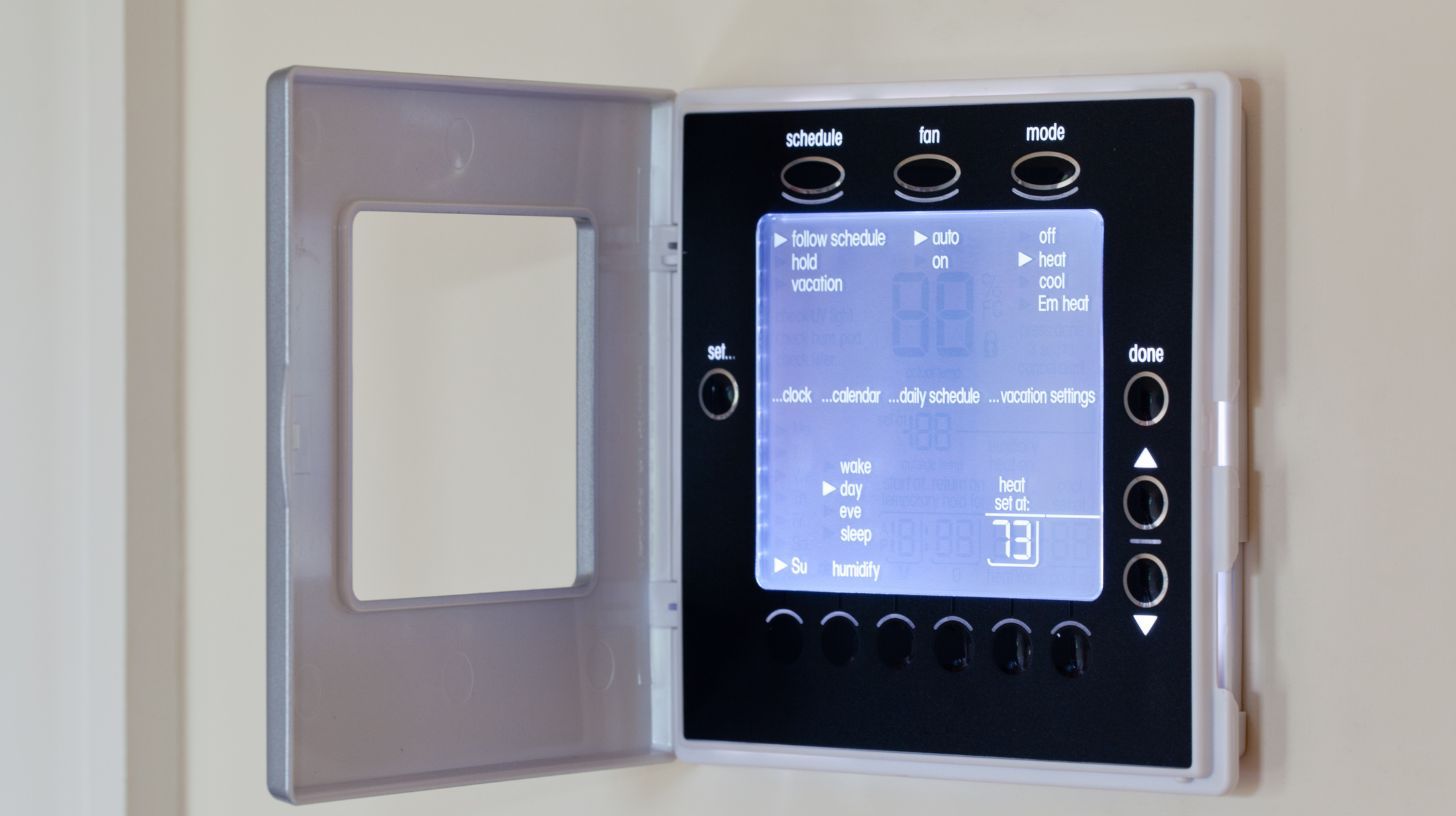
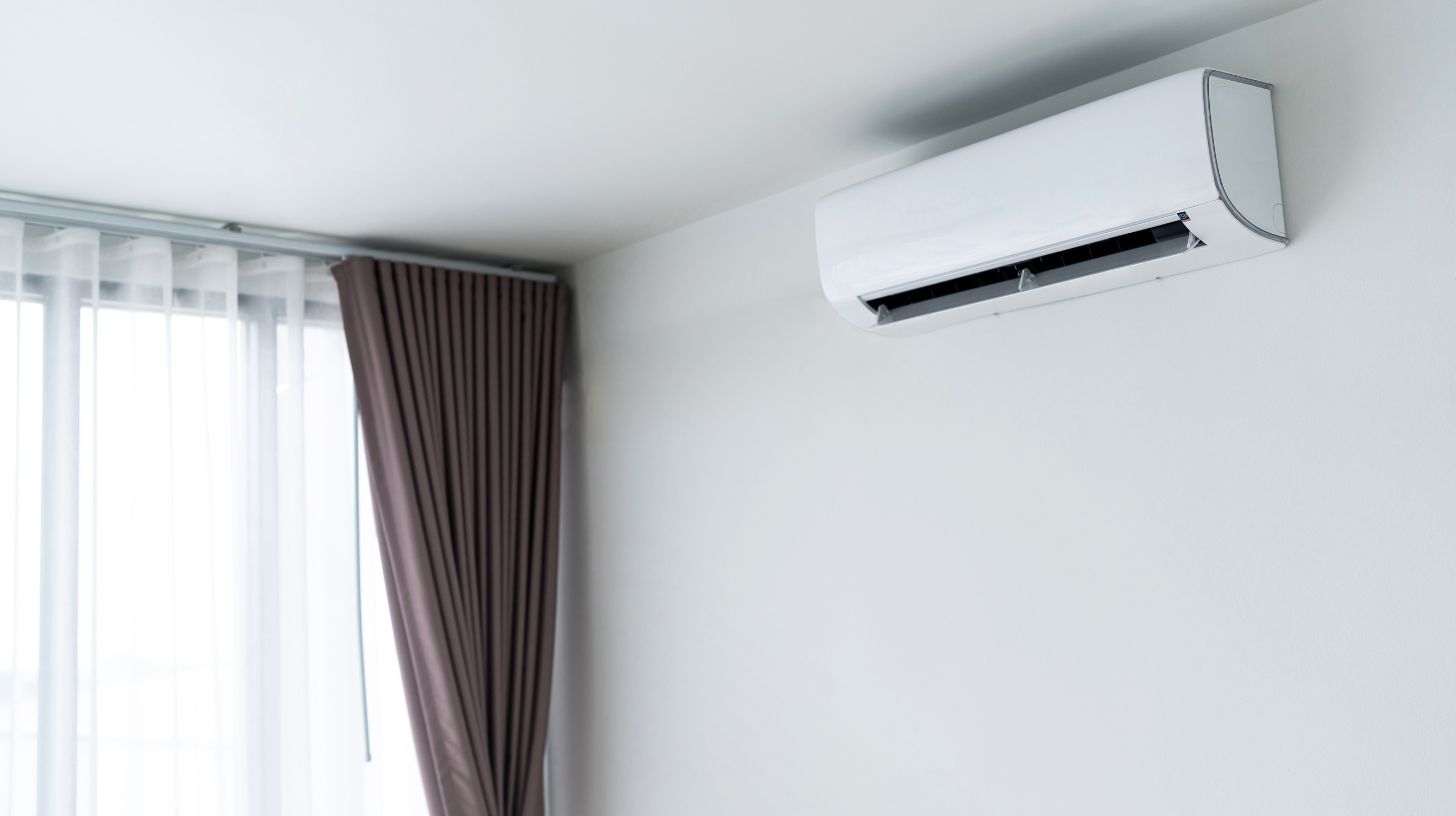


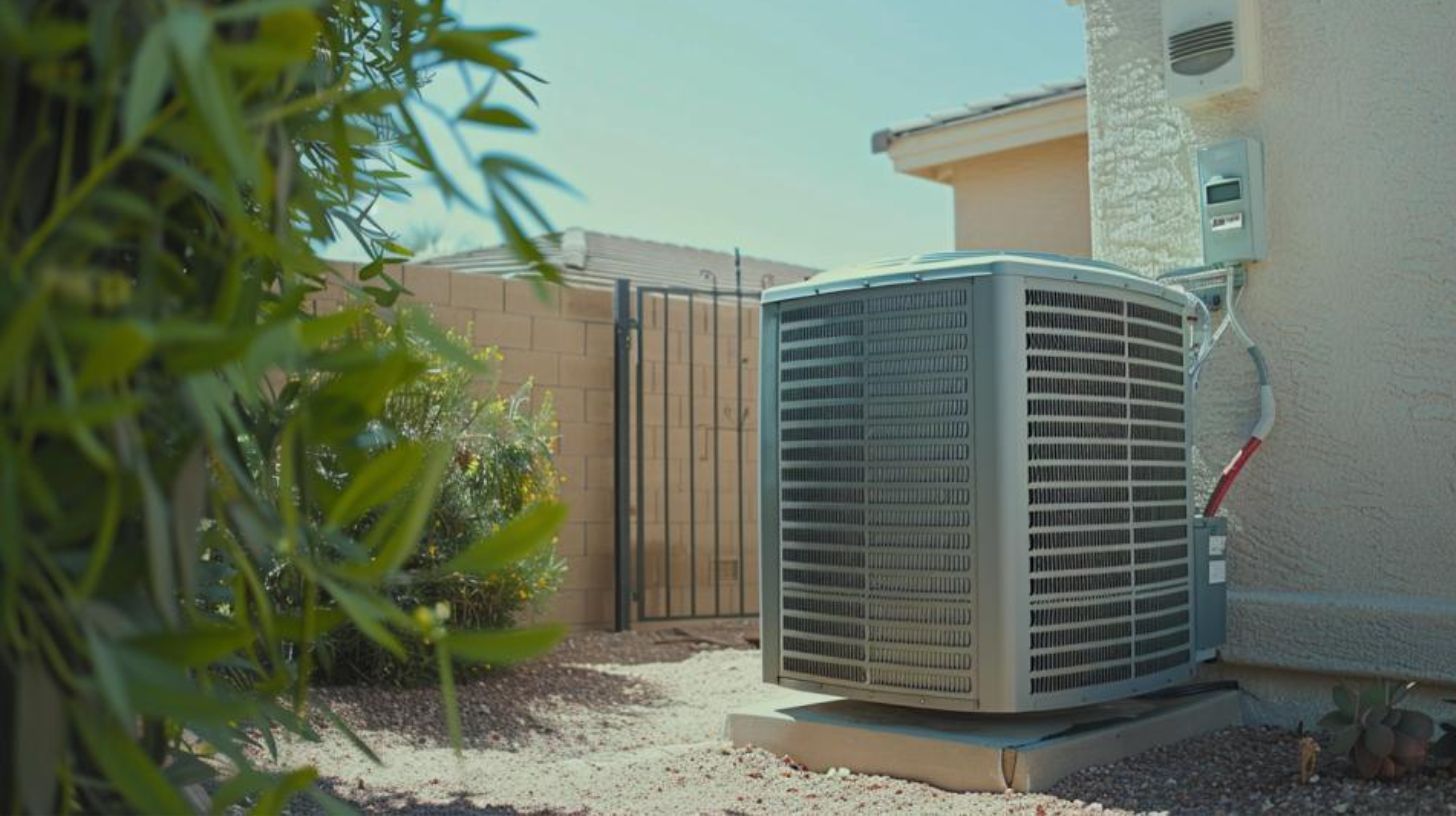

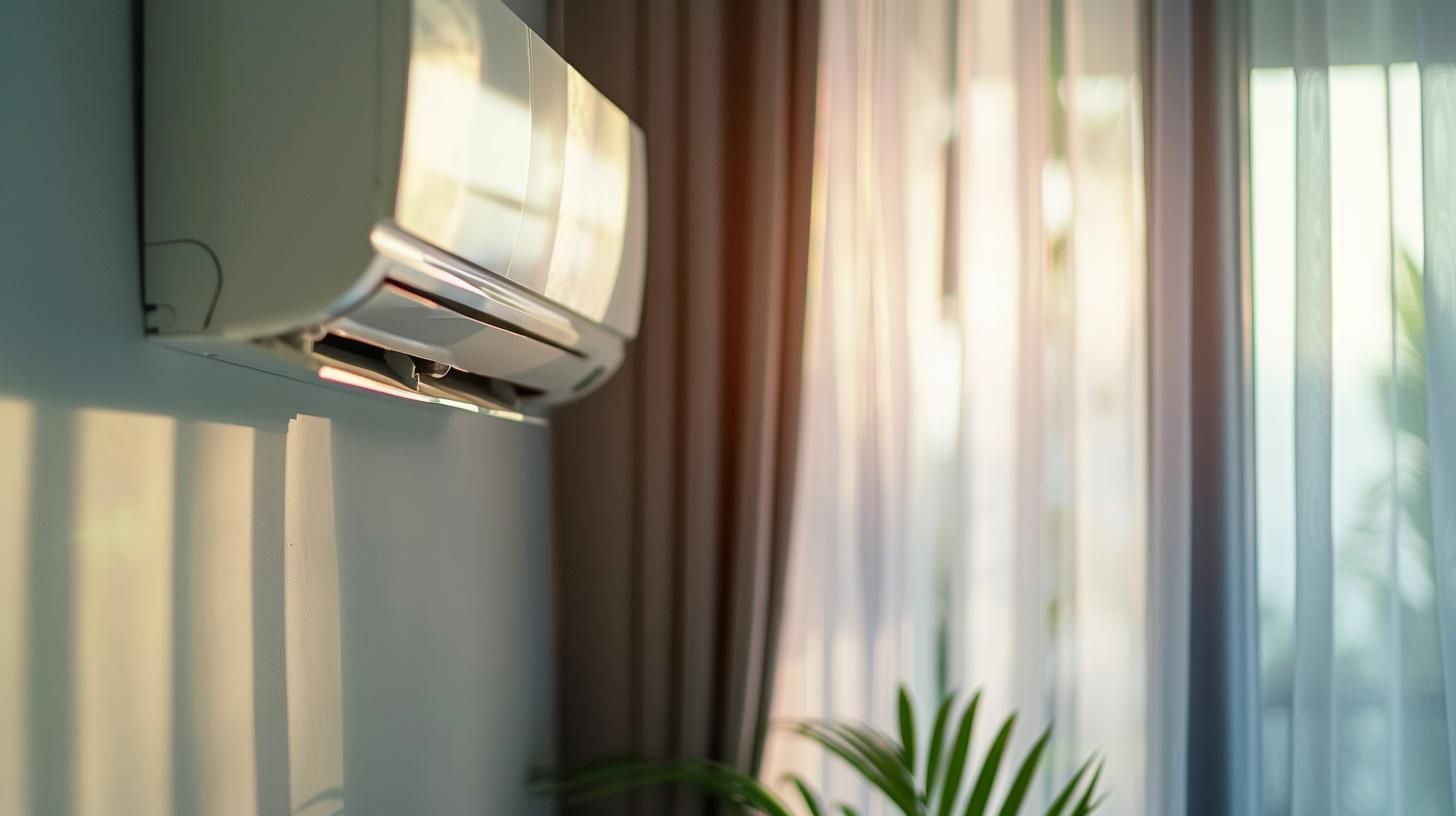


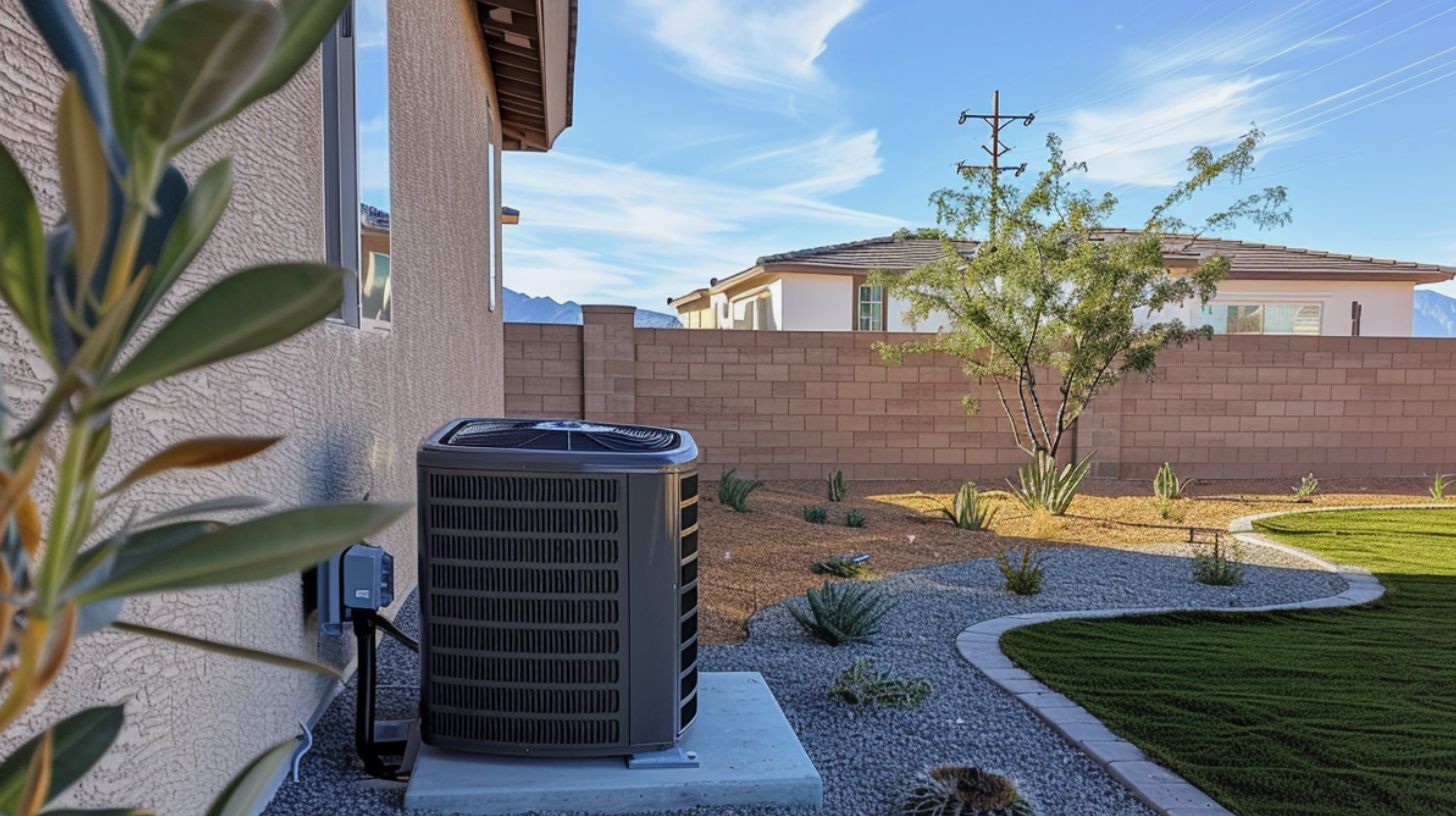


Leave a Reply